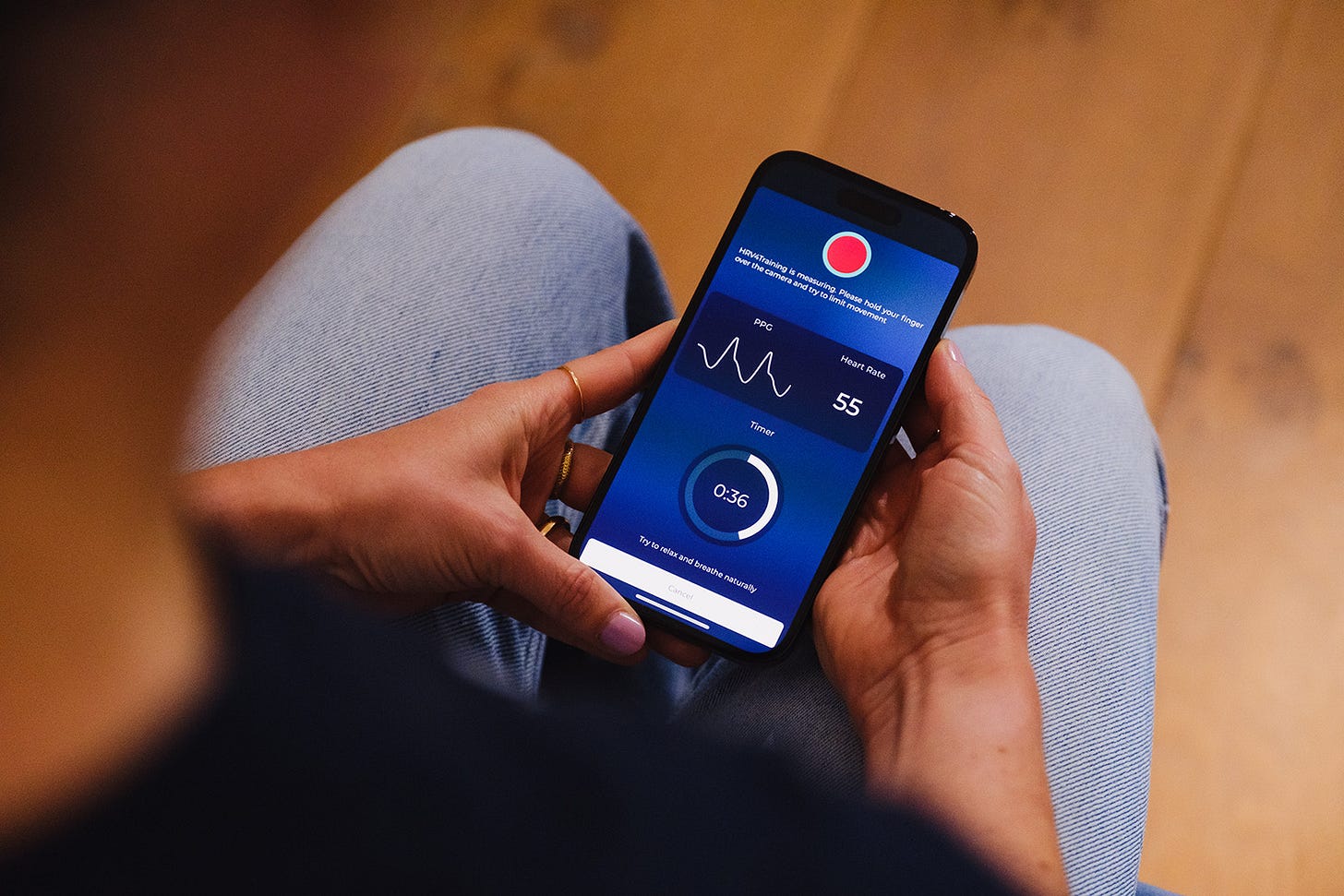[Paper] Why We Must Stop Assuming and Estimating Menstrual Cycle Phases in Laboratory and Field-Based Sport Related Research
Full text available on Sports Medicine

In the past few years, there has been a strong tendency and shift towards relying on (unreliable) estimates - often provided by apps or wearable sensors - as opposed to actually measuring the parameters of interest.
I’ve discussed this issue in depth here, and briefly here, should you be interested.
While the widespread reliance of consumers on these estimates (often entirely made up, or based on population averages) is rather depressing, what is even worse is the use of such metrics as reference points in research papers.
Sometime ago, I was asked to give a talk about wearables for the Gatorade Sports Science Institute (GSSI). I ended up discussing wearable metrics and classifying them into measurements and estimates, something we can quite clearly differentiate (i.e. is there a sensor that can actually measure the parameter of interest, or are we just estimating / guessing it based on somewhat related parameters, machine learning models etc. ?).
This framework (which you can find covered in greater detail here) was then picked up a few times, and I was really glad to see it was resonating well with others. Fast forward two years, and a brilliant scientist I admire (and was fortunate to meet at the GSSI event), Kirsty Sale, asked me to write together about the topic.
As more apps and wearable devices are out there, researchers themselves often fall into the trap of believing that the estimates can replace measurements, for the sake of convenient data collection. This frequently happens when using apps or wearables that estimate menstrual cycle phases, as opposed to measuring them (and make no mistake, measurements have their flaws too, but at least, you are measuring something in your body, as opposed to using a generic model that assumes certain things happen at a specific time e.g. ovulation always happens mid-cycle).
The issue is that you are paying a high price for that convenience. You are making lots of assumptions, guessing, and eventually deriving conclusions and maybe even giving advice based on such (inaccurate) assumptions and guesses.
We need to do better, and doing better starts with actually measuring the parameters of interest, and/or being more transparent on what is measured and what is estimated.
For a more in depth discussion of these topics in the context of the menstrual cycle, see our latest, here.
Thank you to all the co-authors for contributing!
Endurance Coaching for Runners
If you are interested in working with me, please learn more here, and fill in the athlete intake form, here.
How to Show Your Support
No paywalls here. All my content is and will remain free.
As a HRV4Training user, the best way to help is to sign up for HRV4Training Pro.
Thank you for supporting my work.
Marco holds a PhD cum laude in applied machine learning, a M.Sc. cum laude in computer science engineering, and a M.Sc. cum laude in human movement sciences and high-performance coaching. He is a certified ultrarunning coach.
Marco has published more than 50 papers and patents at the intersection between physiology, health, technology, and human performance.
He is co-founder of HRV4Training, Endurance Coach at Destination Unknown Endurance Coaching, advisor at Oura, guest lecturer at VU Amsterdam, and editor for IEEE Pervasive Computing Magazine. He loves running.
Social:





